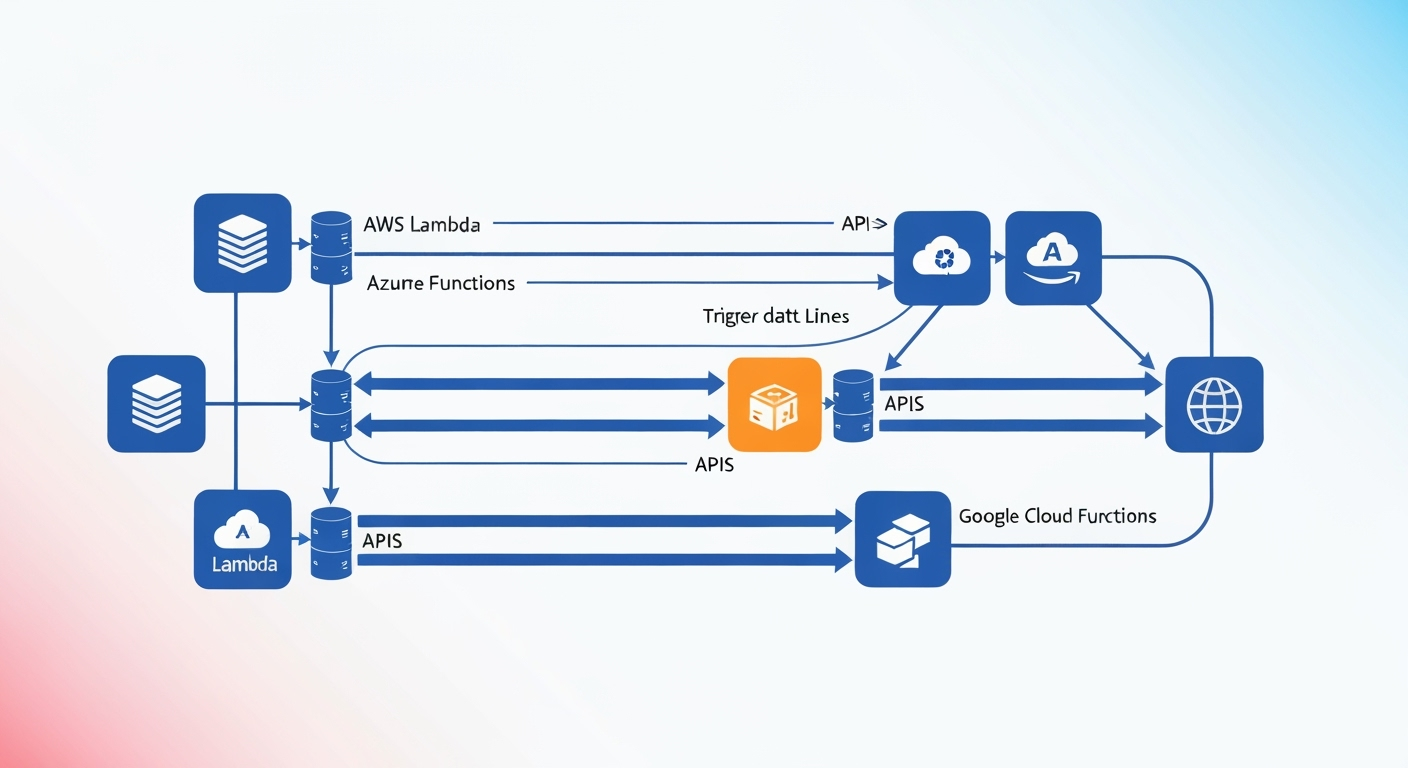
Serverless computing has emerged as a transformative force in cloud computing, enabling developers to build and run applications without the burden of managing servers. This paradigm shift offers numerous benefits, including reduced operational costs, improved scalability, and faster time-to-market. Let’s delve deeper into the world of serverless computing.
What is Serverless Computing?
At its core, serverless computing is a cloud execution model where the cloud provider dynamically manages the allocation of machine resources. This means developers can focus solely on writing and deploying code, without worrying about the underlying infrastructure. The provider takes care of provisioning, scaling, and maintaining the servers.
Key characteristics of serverless computing include:
- No Server Management: Developers don’t need to provision or manage servers.
- Automatic Scaling: The platform automatically scales resources based on demand.
- Pay-as-you-go Pricing: Users are charged only for the actual compute time consumed.
- Event-Driven Architecture: Serverless functions are triggered by specific events, such as HTTP requests, database updates, or file uploads.
Benefits of Serverless Architecture
Adopting a serverless architecture can yield significant advantages:
- Cost Optimization: Reduce operational costs by eliminating server maintenance and paying only for actual usage.
- Scalability and Elasticity: Automatically scale resources to handle fluctuating workloads without manual intervention.
- Faster Development Cycles: Focus on writing code and deploying applications more quickly.
- Improved Resource Utilization: Optimize resource utilization by dynamically allocating resources based on demand.
- Simplified Operations: Reduce operational overhead by offloading server management to the cloud provider.
Use Cases for Serverless Computing
Serverless computing is well-suited for a wide range of applications, including:
- Web Applications: Building and deploying scalable web applications with dynamic content.
- Mobile Backends: Creating backend services for mobile apps, handling user authentication, data storage, and push notifications.
- Data Processing: Performing real-time data processing and analysis.
- Event-Driven Applications: Developing applications that respond to specific events, such as IoT data streams or social media feeds.
- API Gateways: Building and managing APIs for microservices and other applications.
Popular Serverless Platforms
Several cloud providers offer robust serverless platforms:
- AWS Lambda: Amazon’s serverless compute service, allowing you to run code without provisioning or managing servers.
- Azure Functions: Microsoft’s event-driven, compute-on-demand experience that extends the Azure application platform with serverless capabilities.
- Google Cloud Functions: Google’s serverless execution environment for building and connecting cloud services.
Getting Started with Serverless
Ready to dive into serverless computing? Here are some tips to get you started:
- Choose a Serverless Platform: Evaluate the different platforms based on your specific needs and requirements.
- Learn the Basics: Familiarize yourself with the core concepts of serverless computing, such as functions, triggers, and event sources.
- Start Small: Begin with a simple project to gain hands-on experience with the platform.
- Utilize Serverless Frameworks: Leverage frameworks like Serverless Framework or AWS SAM to simplify deployment and management.
- Monitor and Optimize: Continuously monitor your serverless applications and optimize performance to ensure efficiency.
Challenges and Considerations
While serverless offers many advantages, it’s important to be aware of potential challenges:
- Cold Starts: The initial invocation of a serverless function may experience a delay, known as a cold start.
- Debugging and Monitoring: Debugging and monitoring serverless applications can be more complex than traditional applications.
- Vendor Lock-in: Choosing a specific serverless platform may lead to vendor lock-in.
- Statelessness: Serverless functions are typically stateless, requiring external storage for persistent data.
The Future of Serverless
Serverless computing is rapidly evolving, with new features and capabilities being added regularly. As the technology matures, it is expected to play an increasingly important role in modern application development.
Serverless computing empowers developers to focus on building innovative applications without the complexities of server management. By understanding the core concepts, benefits, and challenges of serverless, you can leverage this technology to drive innovation and achieve your business goals.